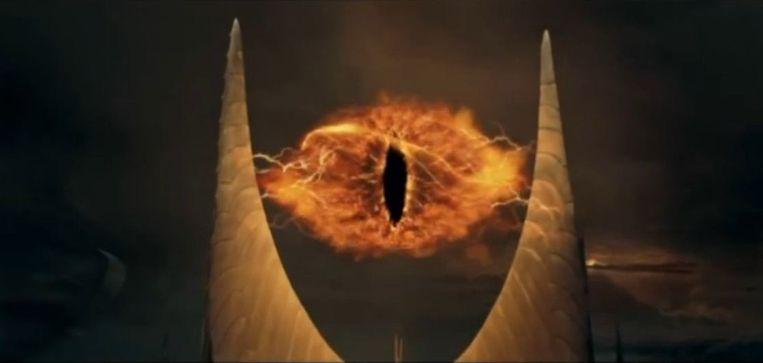Astronomers saw star dancing around black hole: “Evidence that Einstein’s theory is correct”

Observations with the super-telescope VLT in Chile have shown for the first time that a star orbiting the supermassive black hole in the center of the Milky Way moves precisely as Einstein’s general theory of relativity predicts. Its orbit is rosette-shaped rather than elliptical, as Newton’s theory of gravity suggests. The European Southern Observatory ESO reported this on Thursday.
Einstein’s theory of general relativity predicts that the orbit of one object after another is not closed, as predicted by Newton’s theory of gravity, but makes a forward precession movement. This remarkable effect – first observed at the orbital motion of the planet Mercury around the Sun – was the first proof that confirmed the general theory of relativity.
Now, one hundred years later, we have detected the same effect during the motion of a star orbiting the compact radio source Sagittarius A* in the center of the Milky Way. This observational breakthrough reinforces the evidence that Sagittarius A* must be a super-heavy black hole 4 million times the mass of the Sun, quotes ESO Reinhard Genzel, director of the Max-Planck Institute for Extraterrestrial Physics (MPE), in Garching, and also the architect of the 30-year research program that led to this result.
Star S2
According to the organization, Sagittarius A* and the collection of stars around it form a unique laboratory at a distance of 26,000 light-years that can be used to test physics in an extreme, unexplored gravitational regime. One of these stars, S2, skims to a range of fewer than 20 billion kilometers (120 times the distance Sun-Earth) along the supermassive black hole, making it one of the closest stars ever detected at this heavyweight.
Over each orbit, S2 takes sixteen years, and during its closest approach to the black hole, the celestial body moves at almost three percent of the speed of light. “After following the movement of this star for more than 25 years, our accurate measurements clearly show the Schwarzschild precession of S2’s orbit,” says Stefan Gillessen of MPE, who led the analysis of the measurements published on Thursday by the journal Astronomy & Astrophysics.
Rosette pattern
Most stars and planets have a non-circular orbit that varies their distance from the object around which they orbit. The orbit of S2 shows precession, which means that the location moves from the point of closest approach to the supermassive black hole per orbit.
As a result, each subsequent orbit is slightly twisted compared to the previous one, and a rosette pattern is created. The general theory of relativity accurately predicts this distortion, and the latest measurements of this research are entirely consistent with it. Known as the Schwarzschild precession, this effect has never been measured for a star orbiting a supermassive black hole, ESO says.
This research also helps scientists learn about the environment of the supermassive black hole in the center of our Milky Way galaxy. “Because the measurements of S2 adhere so well to the general theory of relativity, we can impose a stringent upper limit on the amount of invisible material – in the form of dark matter or possibly smaller black holes – that is present in the vicinity of Sagittarius A*. This is vital to our understanding of the emergence and evolution of supermassive black holes,” said Guy Perrin and Karine Perraut, the project’s French chief scientists.




